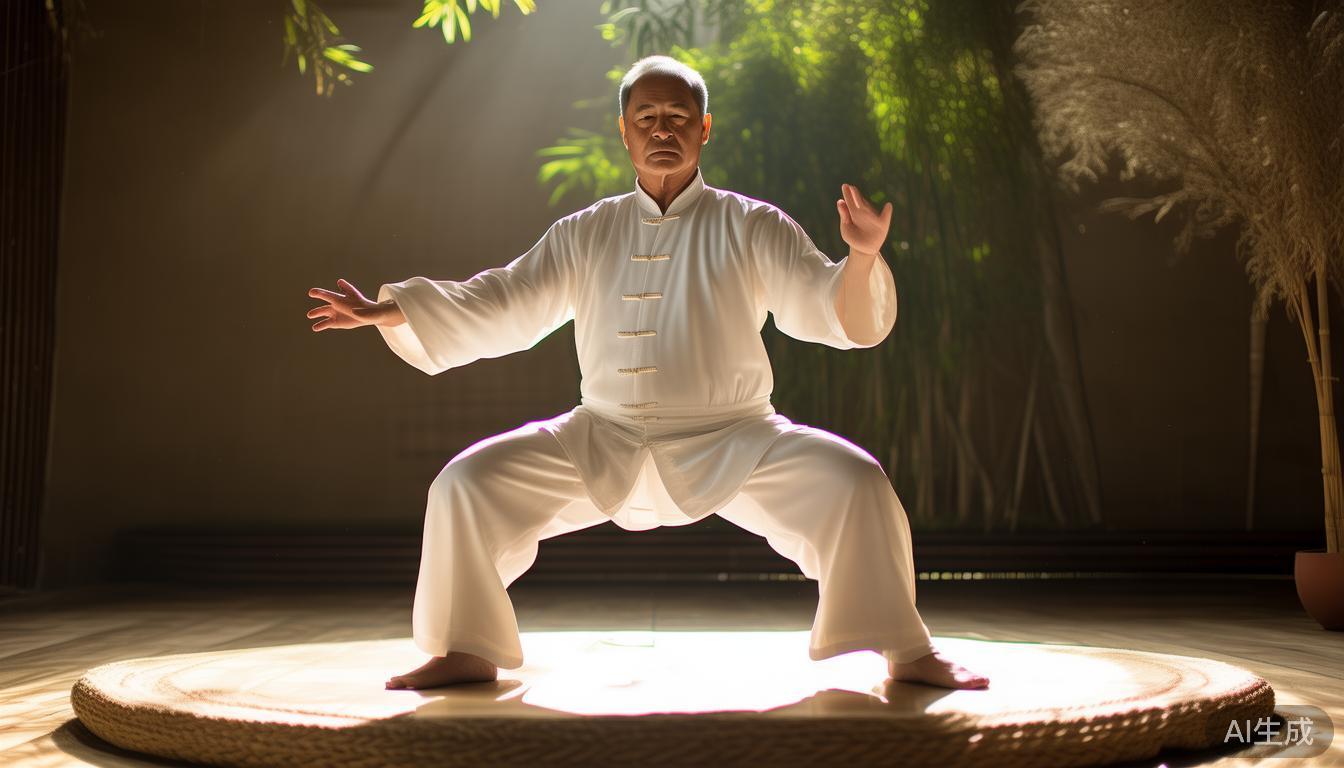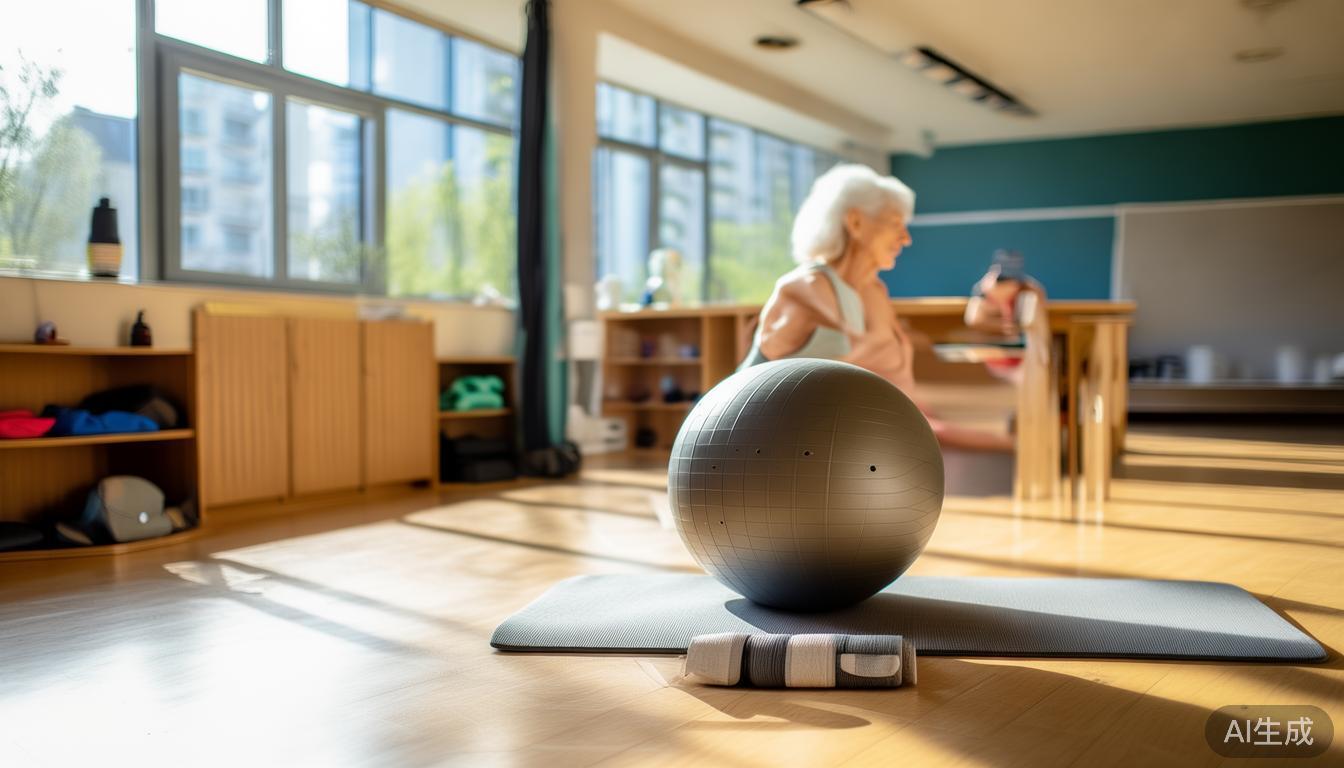After practicing Tai Chi over the years, the biggest feeling I gained is that it is not just movements, but also a kind of philosophical concept that is applied to life. When a certain moment of slumping shoulders and elbows comes when he is about to rise, Parkinson Tai Chi seems to use this moment to throw all the anxiety that occurs in daily life onto the ground like the contents of a container. This kind of health-preserving exercise program originated from the very ancient Chinese tradition. With the help of slow and flexible movements and deep breathing, it can regulate the body and mind at the same time span. This type of exercise is particularly suitable for middle-aged and elderly people to choose as a daily fixed exercise mode.
How Tai Chi improves balance
As the saying goes, "legs age first." However, Tai Chi focuses on cultivating the strength of the lower limbs. Each movement requires a slow shift of the center of gravity between the legs, as if the weight is slowly dumped from one foot to the other. Such continuous weight shift training can significantly enhance the stability of the ankles and knees. One of my students used to have to hold on to the railing when going up and down the stairs. After practicing for half a year, he is now able to walk up and down the stairs freely carrying a food basket.
In terms of movement design, a large number of Tai Chi postures are supported by one leg. Movements like the "Golden Rooster Independence" may seem easy, but in fact they require all the muscles in the body from the toes to the waist and abdomen to work together. This kind of training can activate small muscle groups that are rarely used in daily life. Those muscles are the key to maintaining body balance. As you practice Tai Chi For Health in depth, you will find that your steps become more stable when walking, and the risk of accidental falls is greatly reduced.

How Tai Chi relieves joint pain
Many people who are just starting to learn are full of worries, worrying that they are not suitable for exercise because of pain in their joints. In fact, it is just the opposite. Each movement carried out in Tai Chi attaches great importance to the key point of "joint penetration". Each joint of the body can only engage in activities after sustaining minimal impact. When leading and accompanying students to perform the "Cloud Hands" posture, I always emphasize that the movements should be as smooth and gentle as silk, so that the shoulder joints can be within the range that nature can handle to perform circular movements. It is this kind of gentle activity that can actually promote the continuous secretion of joint fluid. It can be said that it is equivalent to carrying out a massage of its own nature for the joints.
Special mention should be made of protecting the knee joints. Correct Tai Chi practice always requires that the knees do not go beyond the toes. During the shift of the center of gravity, the hips must be in a relaxed state. This form of force generation prevents the knee joints from bearing excessive pressure. There is a Students suffering from knee arthritis told me that their morning stiffness has been significantly improved after practicing, and they can now walk for half an hour without feeling pain. This is precisely because Tai Chi strengthens the strength of the muscles around the joints, thereby sharing the burden on the joints.
Why Tai Chi is suitable for middle-aged and elderly people

The most valuable thing about this exercise is that it is adjustable. Each person can determine the range of motion according to his or her actual situation. Practicing in a sitting position will also produce results. I remember a student in his seventies who could only complete simplified movements at the beginning. However, after three months of persistence, he was able to complete the twenty-four postures completely. This step-by-step progress not only brought her physical improvement, but also gave her a full sense of accomplishment.
In addition to the physical benefits, Tai Chi is a very good social platform. Before and after practice, we usually talk about the current situation and exchange health care tips. This regular gathering u3a tai chi has the effect of breaking the loneliness of the elderly living alone, and forming a positive mutual help circle for everyone. The students were strangers at first, but then they became familiar with each other. At first they came alone, and then they met to practice together. Seeing this, I deeply felt that this sport has the power to unite people.
When you start practicing Tai Chi, which aspect of your body do you most want to improve? You are welcome to post your health goals in the comment section. If you think these suggestions are effective, please like them to support them and forward them to more friends around you.


